Masako Owada: The Woman Who Just Became Japan’s New Empress
Weathering the Storm to Emerge as Empress
Life in the royal family of Japan is far from a fairytale, as Crown Princess Masako found out long before she took on her role as Japan’s new Empress.
Two young women, born just a couple of years apart on opposite sides of the world, found themselves in equally daunting positions when they married the heir to the throne in their respective countries: Diana Spencer (born 1961), married Charles, Prince of Wales of the United Kingdom in 1981, while Masako Owada (born 1963) followed suit on June 9, 1993, upon her wedding to Crown Prince Naruhito of Japan.
In each case, it seemed like the entire country was desperate for the heir to the throne to “settle down,” as both princes were in their early 30s, and there was considerable pressure to find a bride. It had to be a woman of good background with an impeccable reputation, and it certainly wouldn’t hurt if she was photogenic, too.
The daughter of a British earl, Diana was just 19 and working at a childcare center when she became engaged to Prince Charles, who was 12 years her senior. The press charitably called her a “kindergarten teacher,” but the teenage Diana had no professional teaching credentials to her name. On the other hand, Masako, a diplomat’s daughter, was on the fast track to a successful diplomatic career of her own. Masako was 29 and Prince Naruhito was 32 at the time of their marriage.
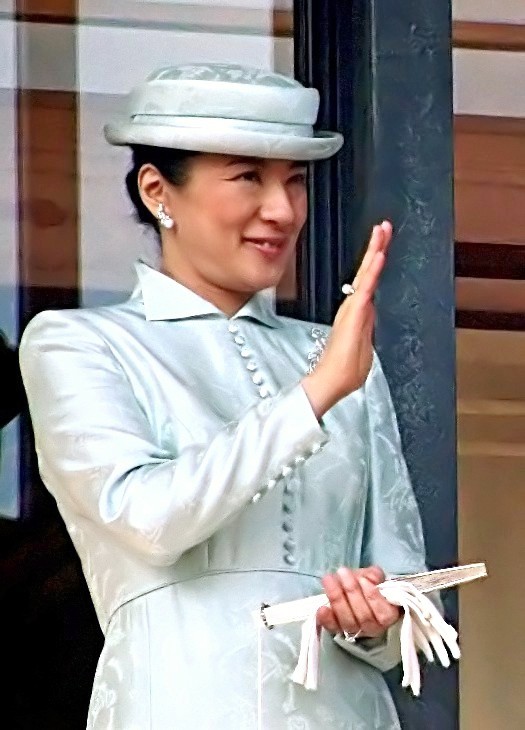
Masako Owada, Japan’s new empress as of May 1, 2019.
From an established career to life as a princess
Masako Owada was a global citizen before she even reached school, having lived in Russia and New York as a preschooler during her father’s diplomatic postings. After some years back in Japan, the Owada family returned to the USA when Masako was in her second year of high school. An excellent student, she majored in economics at Harvard and then went on to Tokyo University for graduate studies. In 1986, she became one of a handful of women to pass the prestigious Ministry of Foreign Affairs entrance exam.
Masako first met Prince Naruhito the same year, and it is said he was immediately taken with her intelligence and manner. However, although there was some media interest surrounding Masako as a potential royal bride, she was determined to focus on her budding career. She was selected for a posting to England, where she studied for a degree in international relations at Oxford. The Prince had not forgotten about Masako, however, and after she returned to Japan several years later, the Imperial Household Agency began to set up carefully orchestrated meetings between the two. The prince politely but persistently pursued the topic of marriage, and although she turned down his proposals several times, Masako was eventually won over and agreed to marry him in December of 1992. Their engagement was announced the following January.
Both the public and the press were delighted with the choice of this bright and beautiful young woman as Prince Naruhito’s fiance. There was also much talk at the time of how Masako served as a symbol of the modern young Japanese woman and could help bring a breath of fresh air into the Imperial family.
No fairytale for this princess
Princess Diana had quickly fulfilled one of the major briefs for a crown princess, producing “an heir and a spare” with the births of her sons, Prince William and Prince Harry, but her marriage soon unraveled. Meanwhile, Princess Masako was facing disapproval from the Imperial Household Agency—the bureaucrats and aristocrats charged with running the affairs of the Japanese royal family. The Princess, who spoke four languages, had hoped to draw on her diplomacy skills in her new role, but this did not eventuate. First and foremost, the pressure was on to produce an heir.
Both the public and the press were delighted with the choice of this bright and beautiful young woman as Prince Naruhito’s fiance.
Princess Masako suffered a miscarriage in 1999 before giving birth to Princess Aiko in 2001. While Japan rejoiced at the birth of the little princess, the Imperial Household Agency were not appeased, because a woman cannot inherit the Japanese throne. Moreover, Japanese princesses have to give up their royal status upon marriage, as did the Crown Prince’s younger sister, now known as Mrs. Sayako Kuroda, when she married in 2005.
Princess Masako was rarely seen in public following the birth of her daughter, and in 2004 it was announced that she had been diagnosed with an adjustment disorder and was undergoing medical treatment.
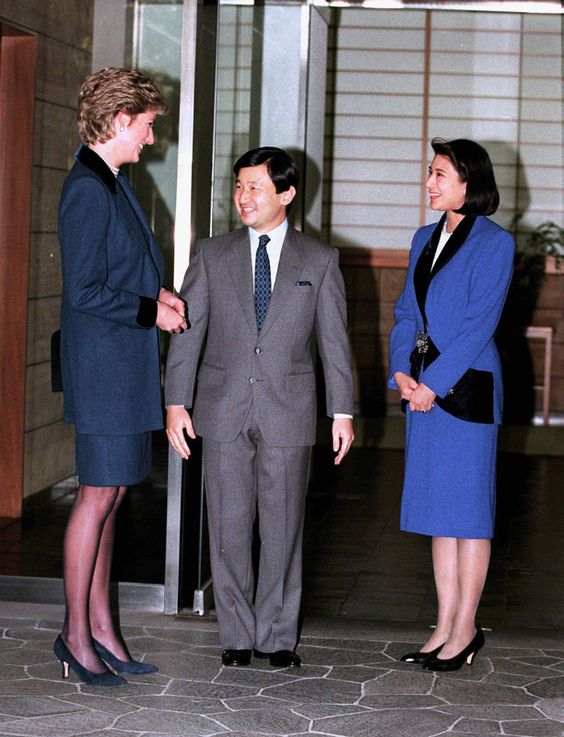
Princess Masako (right), Prince Naruhito (center) and Princess Diana (left) meeting in February 1995, when the latter visited as part of her Red Cross Tour of Japan. If the two princesses had been able to sit down in private for a chat, would they have drawn comfort from confiding in each other? Photo: via Pinterest
Family support
While Princess Masako has also faced many of the same pressures as the late Princess Diana (who tragically died in a car crash in 1997), one thing that has remained constant for her is the steadfast devotion and support of her husband. It is very rare for the Japanese imperial family to express strong opinions in public, but in 2004, her husband and now Emperor, Prince Naruhito, took the unusual step of speaking out about his wife’s’ situation.
‘[Masako] has worked hard to adapt to the environment of the Imperial Household for the past 10 years, but she has completely exhausted herself in trying to do so.’
He remarked that she “has worked hard to adapt to the environment of the Imperial Household for the past 10 years, but from what I can see, I think she has completely exhausted herself in trying to do so.” The Crown Prince added, “It is true that there were developments that denied Princess Masako’s career up to then as well as her personality driven by her career.”
No prospects for succession
Meanwhile, the Japanese government had been giving serious thought to how to secure the future of the imperial family. While there were calls to modernize succession laws, paving the way for Princess Aiko to eventually succeed her father, there were also many dissenting voices from conservative quarters, too. Amidst this ongoing debate, in January 2006 Prime Minister Junichiro Koizumi pledged to submit a bill that would allow women to ascend to the throne.
However, events suddenly took an unexpected turn. In what seemed to be serendipitous timing, in February 2006 it was announced that Princess Kiko, wife of the Crown Prince’s younger brother, Prince Akishino, was expecting her third child. The couple already had two daughters, aged 14 and 11 at the time. No male had been born into the Japanese royal family since Prince Akishino some 40 years before.
The birth of Prince Hisahito the following September put an end to speculation over succession laws, and the infant prince became third in the line of succession behind his uncle and father. While critics of the current system were disappointed, it is not hard to imagine that Princess Masako probably breathed a sigh of relief upon hearing the news of her nephew’s safe arrival. Not only did this lift a weight off her shoulders, but it also meant that Princess Aiko might now have an opportunity to decide her own future path.
Princess Masako has weathered the storm, although at a great personal cost.
Things have not been easy for the young princess over the years, either. While in elementary school, Princess Aiko was occasionally absent from school and was said to be suffering from anxiety due to “rough behavior” from some of her classmates. Invariably, some voices in the media have tried to link this to Princess Masako’s own health issues, while others have been more sympathetic, pointing out that increasing numbers of Japanese school children, in general, have similar issues. Now aged 17, it seems that Princess Aiko has put this behind her, and is said to be enjoying school and gradually taking on more royal duties.
Unlike her British counterpart, the late Princess Diana, Princess Masako has weathered the storm, although at a great personal cost. In the past year or so, Princess Masako has been increasingly seen out and about in public on engagements with her husband and daughter. This suggests that the 55-year-old princess is feeling stronger, as she was preparing to take her place beside her husband as heads of the imperial family on May 1, 2019.
Into the future
It remains to be seen what direction the new imperial couple will take, but while sweeping change is unlikely, it is probably fair to say that they will put their own stamp on their positions. Perhaps they will usher in a new era of royal diplomacy, traveling abroad and finally giving the new Empress the opportunity to use the skills she honed in her younger years.
Princess Aiko is now in her final year of high school, so like any parents, the new Emperor and Empress will surely be discussing future plans with their daughter, and feeling both proud and nostalgic as their beloved only child approaches young adulthood.
As for the future of the Japanese imperial family, it rests squarely on the slim shoulders of Prince Hisahito, who has just started junior high school. As the only male family member of his generation, the prince and his future bride must eventually have a son to carry on the royal line. Assuming the prince is fortunate enough to find a young woman willing to take on this gargantuan task, no doubt she will find a sympathetic mentor in his aunt—Empress Masako.












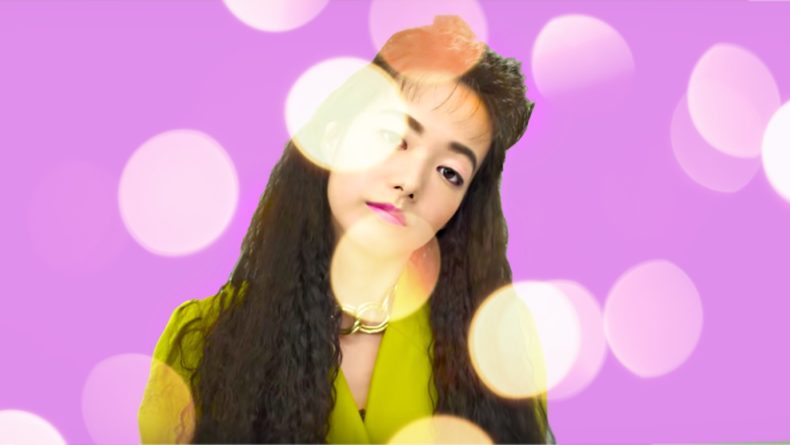

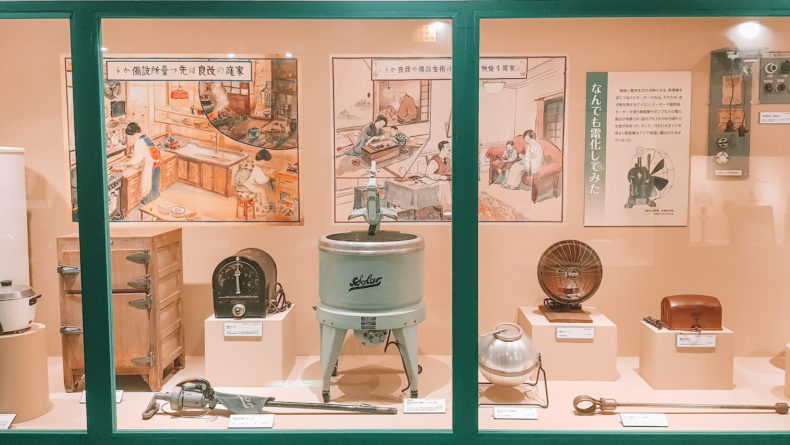
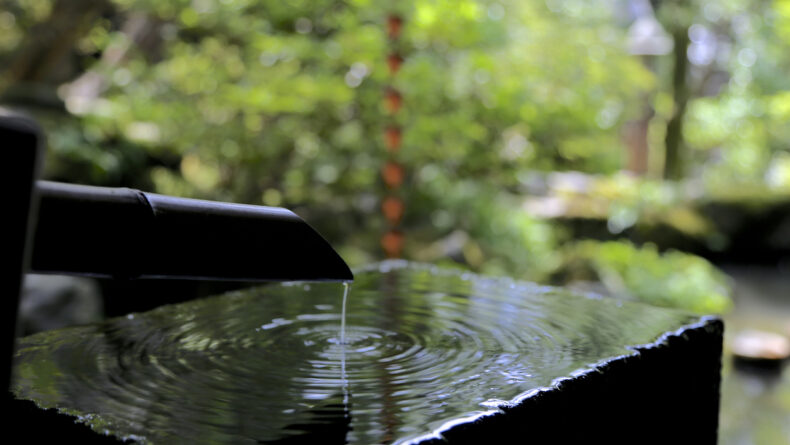
Leave a Reply